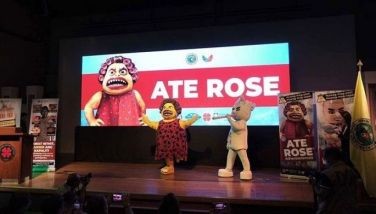The Art of Carrying A Baby
For centuries, we have adapted carrying our little ones as a form of support. This reviving art makes an interesting comparison globally in connection to its bonding similarities but varies from one country to the next.
Having adapted this tradition as the years went by, let’s take a few ones for example such as the short wraparound slings, which come in cotton, wool or silk known as a Rebozo originating from Mexico or Guatemala. Initially a woman’s garment, it helps support the baby in various positions as well as protection from the sun. On the same continent, you will find one known as the Manta or Awayo, a “general purpose piece of cloth” that originated in Peru and Bolivia. This large rectangular shaped woven fabric has been traditionally worn by folding it in half and tied in a knot on the mother’s chest. In other parts of Latin America, until today, sheet cloths are used as wraparounds, which also serve as baby carriers.
On the Asian continent, many locals still carry on with the local tradition. Selendang slings found in Indonesia are pieces of fabric tied over one shoulder used as baby carriers whereas in South West China, Thailand, Laos and Vietnam, Mei Tais (either a double or single strap worn in front or at the back) or Hmong style carriers (usually hand-embroidered) are used. In Japan, a traditionally wrapped style carrier made from gauze, cotton or wool known as Onbuhimos (similar to a Mei Tai but with a narrower body style) are still used in various parts of the country. In areas in India, up until today, people transport their babies by tying them into the shawl as part of their saris to allow direct contact between them and the baby. These saris come in many bright and colourful materials to choose from.
The art of carrying a baby in many parts of Africa still remains. Carried in front, in a sling, on the hip or at the back is believed to make it more comfortable for the babies and the ones carrying them. These pieces of cloth serve its purpose as regular clothing as well.
In today’s society, we still take on the tradition of using a baby carrier, which conveniently come in more modern shapes, sizes and even as classic or luxury brands. Specially designed, many of these carriers are lightweight and very easy to store. Best of all, it’s very interesting to find how baby carriers found on the market nowadays have been inspired by many different traditions all over the globe.
Helpful source: www.parentingwithpresence.net
- Latest
- Trending




















